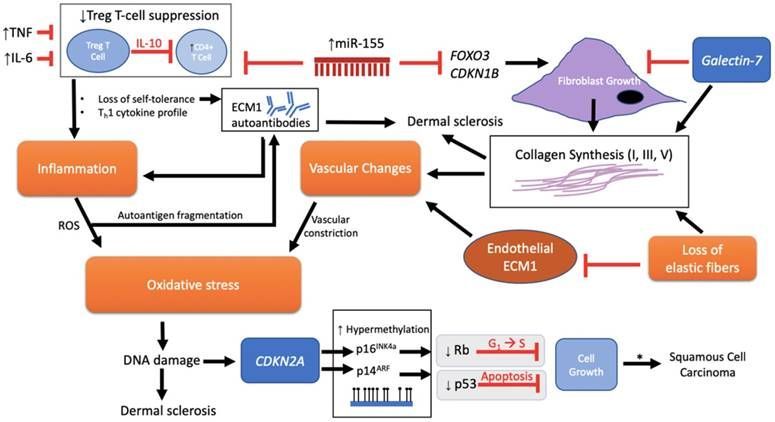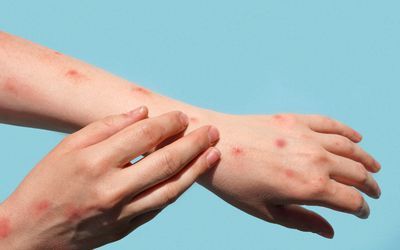Lichen Sclerosus(affects the genital and anal regions)
Lichen Sclerosus

Lichen sclerosus (LS) is a chronic autoimmune disease first described by Hallopeau in 1881. It has had various names over the years, including leukoplakia, kraurosis vulvae, balanitis xerotica obliterans, and lichen sclerosis et atrophicus, but in 1976, the International Society for the Study of Vulvovaginal Disease adopted the term lichen sclerosus. LS primarily affects the genital skin, with hypopigmentation and skin atrophy as its hallmarks. Women are more commonly affected than men, and LS can lead to phimosis or scarring of the vaginal introitus. Diagnosis is based on clinical features, but biopsy confirmation is often necessary. If left untreated, LS can result in the destruction of anatomic structures, functional impairment, and an increased risk of malignant evolution. Treatment and long-term follow-up are therefore essential.
- LS primarily affects the genital skin and less commonly the extragenital areas.
- Typical lesions begin as erythema and progress to thin, hypopigmented, ivory-white, porcelain-like, and sclerotic plaques.
- Itching is the main symptom and can be worse at night.
- Other symptoms may include telangiectasias, purpura, fissures, ulcerations, and edema.
- Common complaints include significant pruritus, local burning sensation, pain, and painful defecation.
- LS typically spares the vagina and cervix but can affect the periclitoral hood in girls and the foreskin, glans penis, and coronal sulcus penis in boys and men.
- Extragenital lesions can occur on any part of the skin but are usually asymptomatic.
- Oral mucosa involvement presents as bluish-white papules on the buccal mucosa or under the tongue.
- LS lesions can be asymptomatic, and sexual abuse can aggravate lesions in cases where they coexist.
Treatment / Management
- The goals of treatment for LS are to relieve symptoms, prevent scarring and anatomical distortion, and prevent malignant transformation.
- General care includes avoiding irritating products and using emollients.
- Topical treatments are the first line of therapy for genital LS and include high potency topical steroids such as clobetasol propionate. Second-line therapies include topical calcineurin inhibitors and imiquimod.
- Early circumcision may be recommended for men with LS.
- Surgery is only indicated for complications associated with LS.
- Treatment options for extragenital LS are limited and include phototherapy, ultrapotent topical steroids, tacrolimus ointment, and systemic steroids or methotrexate.
- Follow-up examinations should be conducted indefinitely.



